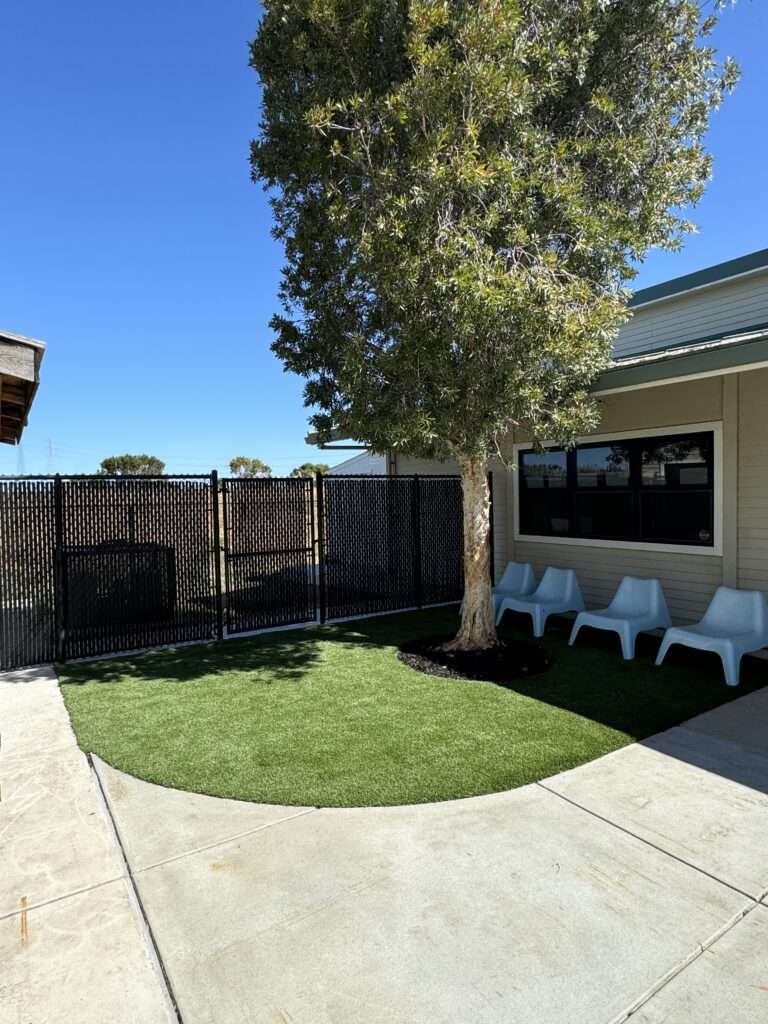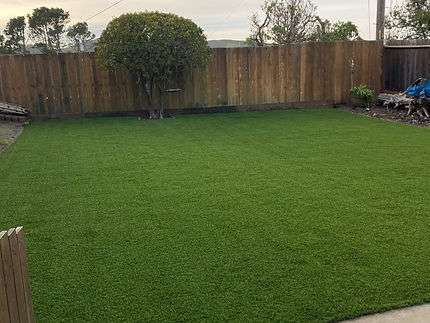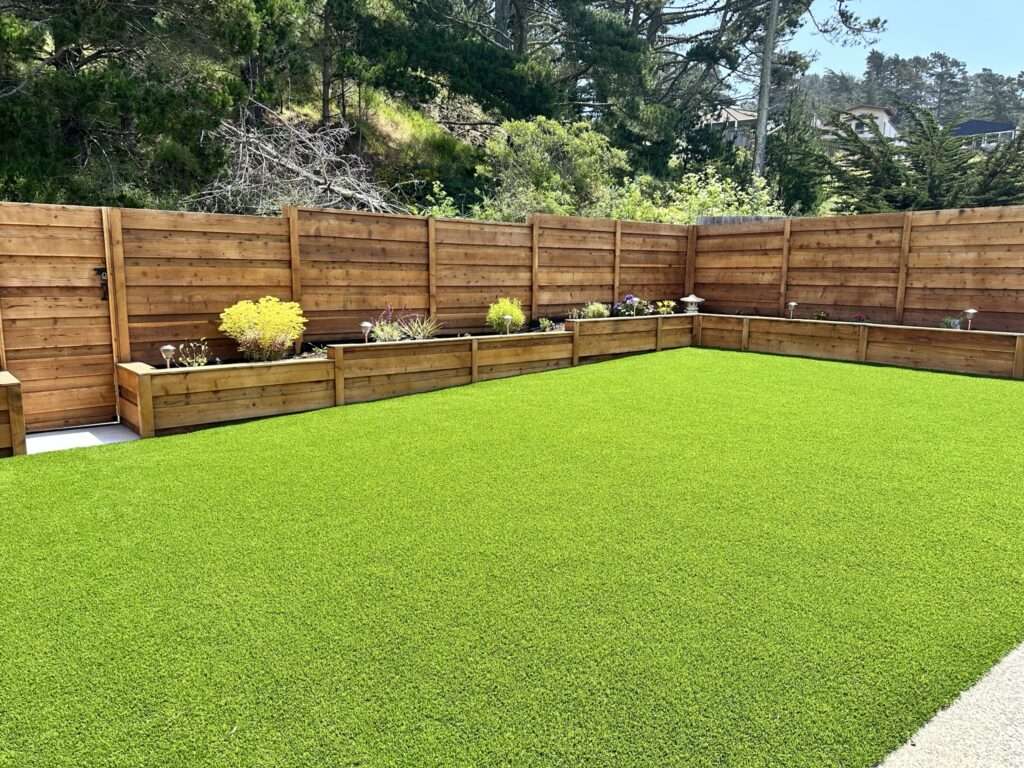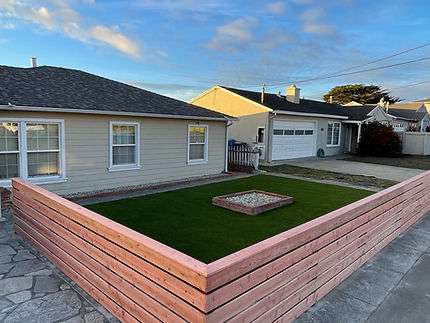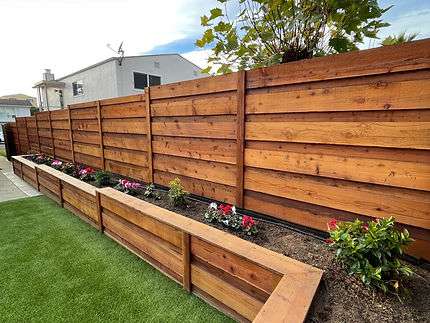How to Build a Patio Using Pavers: A Comprehensive Guide
Building a patio using pavers is a fantastic way to enhance your outdoor living space. Pavers are durable and versatile and come in a variety of styles, making them an excellent choice for any homeowner. In this guide, we’ll walk you through the process of how to build a patio using pavers, ensuring a beautiful and long-lasting result.
For more information on landscaping ideas and inspiration, visit our website.
Table of Contents
Why Choose Pavers for Your Patio?
When it comes to creating a patio, the material you choose plays a significant role in the overall look, durability, and functionality of your outdoor space. Pavers have become a top choice for homeowners, and for good reason. Here’s a detailed look at why pavers are an excellent option for your patio:
1. Durability and Longevity
Pavers are incredibly durable and can withstand heavy foot traffic, harsh weather conditions, and even the weight of outdoor furniture. Unlike poured concrete, which can crack over time due to ground movement or temperature changes, pavers are designed to flex and shift without breaking. This makes them a long-lasting solution for your patio, ensuring it remains beautiful and functional for years to come.
2. Versatility in Design
One of the biggest advantages of pavers is their versatility. They come in a wide range of colors, shapes, sizes, and textures, allowing you to create a patio that perfectly matches your style and complements your home’s architecture. Whether you prefer a modern, sleek look or a rustic, natural feel, there’s a paver design to suit your vision. You can even mix and match different pavers to create unique patterns, such as herringbone, basket weave, or circular designs.
3. Easy Repairs
Unlike solid surfaces like concrete, pavers are individual units, which makes repairs a breeze. If a paver becomes damaged or stained, you can simply remove and replace it without affecting the rest of the patio. This is a huge advantage over other materials, where repairing a damaged section often requires extensive work or even a complete replacement.
4. Slip Resistance
Safety is an important consideration for any outdoor space, especially if you live in an area with frequent rain or snow. Pavers offer excellent slip resistance due to their textured surfaces, making them a safer option compared to smooth materials like concrete or tile. This is particularly beneficial if you have children or elderly family members who will be using the patio.
5. Low Maintenance
Pavers are relatively low-maintenance compared to other patio materials. Regular sweeping and occasional rinsing with a hose are usually all that’s needed to keep them looking clean and fresh. If weeds or moss begin to grow between the joints, they can be easily removed, and applying a sealer every few years will help protect the pavers from stains and fading. Learn more about paver maintenance tips.
6. Eco-Friendly Option
Many pavers are made from natural materials like stone or clay, making them an environmentally friendly choice. Additionally, their permeable design allows water to seep through the joints and into the ground, reducing runoff and promoting better drainage. This is especially beneficial for homeowners looking to create a sustainable outdoor space.
7. Increased Property Value
A well-designed paver patio can significantly enhance your home’s curb appeal and overall value. Potential buyers often view a paver patio as a premium feature, making it a worthwhile investment if you plan to sell your home in the future. The aesthetic appeal and functionality of a paver patio can set your property apart from others on the market.
8. Cost-Effective in the Long Run
While the initial cost of pavers may be higher than some other materials, their durability and low maintenance requirements make them a cost-effective choice in the long run. You won’t need to worry about frequent repairs or replacements, saving you time and money over the years.
9. Customizable for Any Space
Whether you have a small backyard or a sprawling garden, pavers can be customized to fit any space. Their modular design allows for creative layouts, and they can be cut to fit irregular shapes or curves. This flexibility ensures that your patio will perfectly suit your outdoor area, no matter its size or shape.
10. Timeless Appeal
Pavers have a classic, timeless look that never goes out of style. Unlike trendy materials that may look dated after a few years, pavers maintain their elegance and charm over time. This makes them a smart choice for homeowners who want a patio that will remain attractive and relevant for decades.
Planning Your Patio: Essential Steps
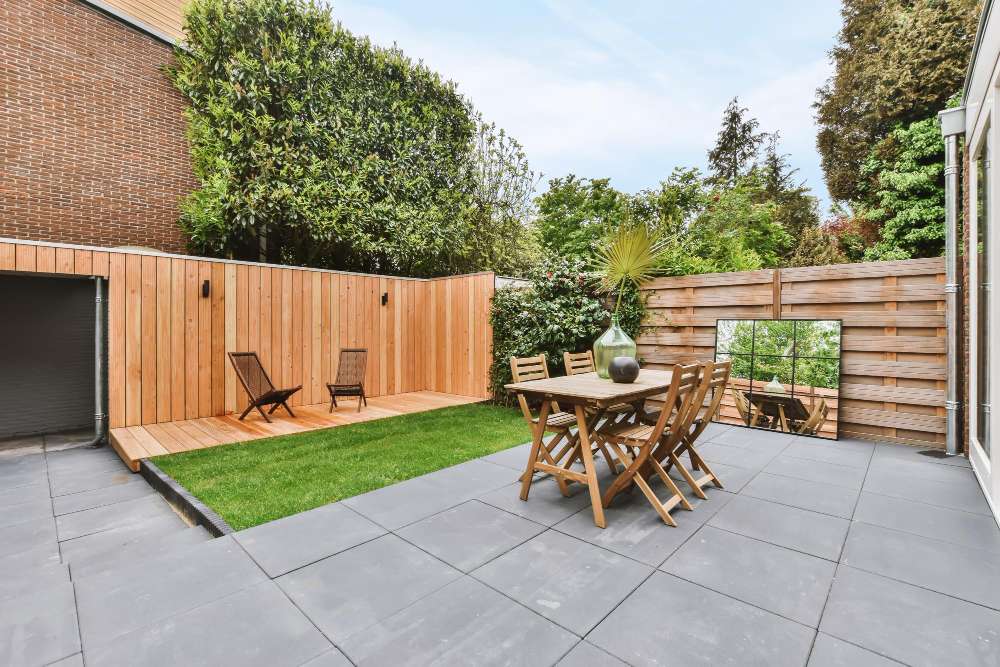
Determine the Size and Shape
Before you start, decide on the size and shape of your patio. Consider how you plan to use the space—whether for dining, entertaining, or relaxing. Sketch a rough layout to visualize the final design.
Choose the Right Type of Pavers
Select pavers that match your style and the overall look of your home. Common options include concrete, brick, and natural stone pavers. Each type has its own benefits, so choose based on your budget and preferences.
Gather Necessary Tools and Materials
You’ll need tools like a shovel, level, tape measure, and a plate compactor. Materials include pavers, base material (such as gravel), sand, edge restraints, and joint sand.
How to Build a Patio Using Pavers: Step-by-Step Guide
Prepare the Ground
Start by marking the area where your patio will be. Remove any grass, plants, or debris. Ensure the ground is level by using a shovel and a level.
Lay the Base Material
Spread a layer of gravel or crushed stone as the base. This provides a stable foundation for your pavers. Compact the base material using a plate compactor to ensure it’s firm and level.
Install Edge Restraints
Edge restraints keep the pavers in place. Install them around the perimeter of your patio using stakes or adhesive.
Lay the Pavers
Begin laying the pavers from one corner, working your way outwards. Use a rubber mallet to tap the pavers into place, ensuring they are level and snug against each other.
Fill the Joints
Once all pavers are laid, spread joint sand over the surface. Use a broom to sweep the sand into the joints between the pavers. This helps lock them in place.
Compact and Seal the Pavers
Finally, run the plate compactor over the pavers to settle them into the sand. Apply a sealer to protect the pavers from stains and weathering.
Maintenance Tips for Your Paver Patio
To keep your patio looking its best, regularly sweep away debris and rinse it with a hose. Reapply joint sand as needed and check for any loose pavers. Sealing the pavers every few years will also help maintain their appearance and durability. Explore our maintenance checklist.
Conclusion
Building a patio using pavers is a rewarding project that can significantly enhance your outdoor space. By following this guide on how to build a patio using pavers, you’ll create a beautiful and functional area for years to come. Whether you’re a DIY enthusiast or a first-time builder, this step-by-step approach ensures a successful outcome. Happy building!
For more outdoor project ideas, visit our homepage.

